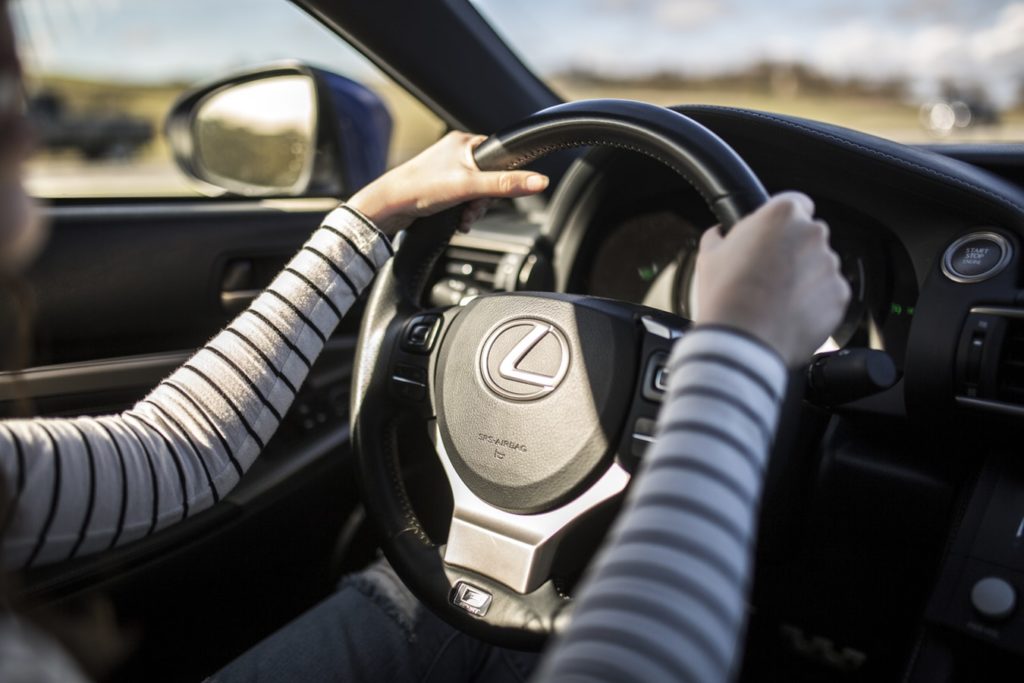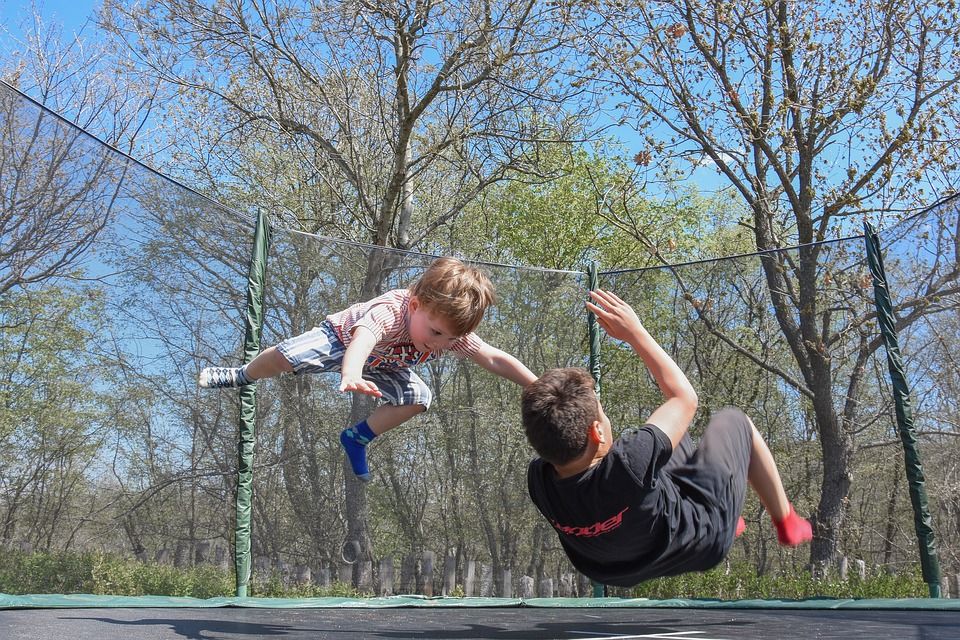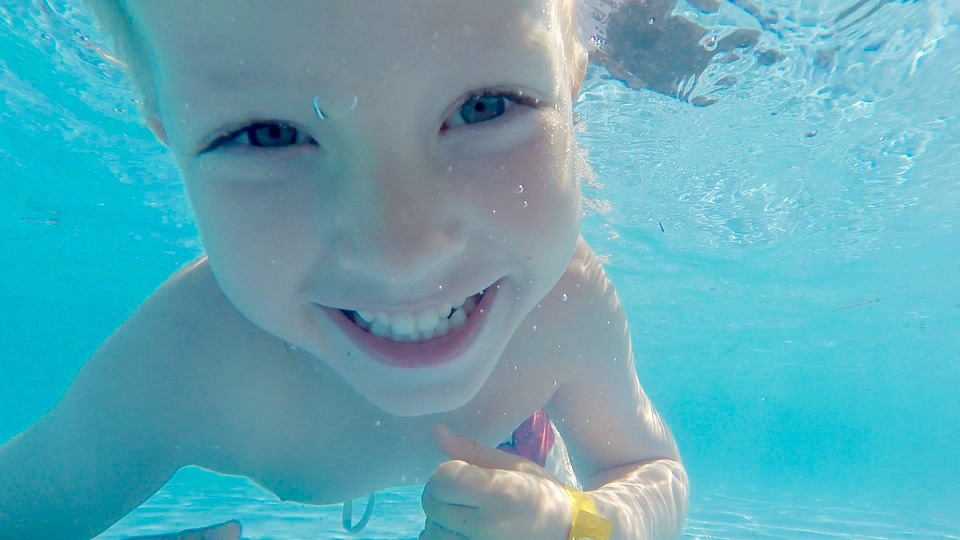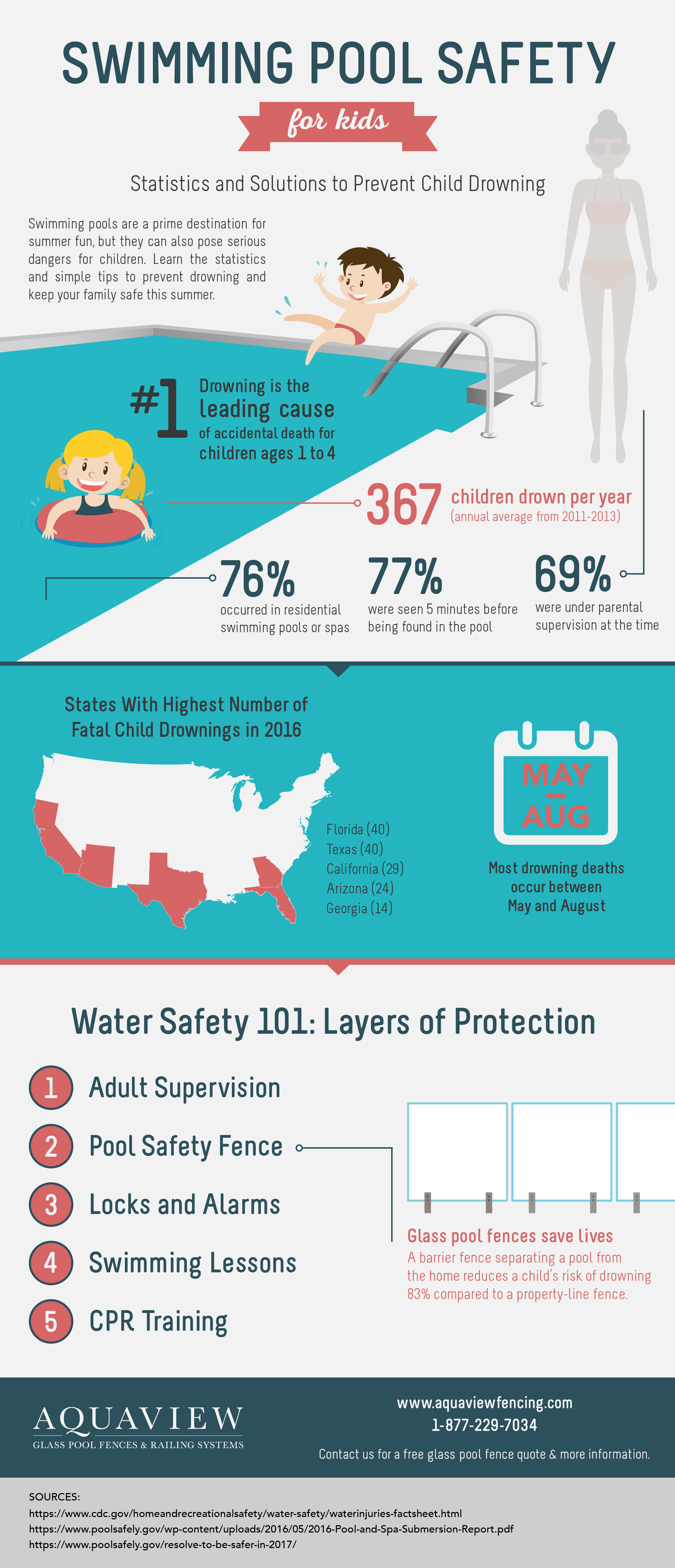
As a mom, you are expected to get everything in order. Whether you’re going grocery shopping, taking or picking up your kids from school, going on a road trip with your entire family, you need to be prepared for anything.
If you spend a lot of time driving around every day, your vehicle becomes, by default, your second home. So, it’s always a good idea to bring some essential items that you and your children may need while you’re on the road.
For those moms who want to have their bases covered, our friends from Alpha Car Finance have put together a list of important things that you shouldn’t leave home without.
Water
In case your kids or anyone gets thirsty, it’s handy to keep a couple of bottles in your car. You may find yourself staying in the car or at the park longer than expected. So, even if the water’s not cold, it should be enough to quench your children’s thirst until you get home.
Snacks
It may be the source of those annoying crumbs that you need to clean up later, but it’s either that or not having anything to feed your hungry kids.
First aid kit
For those scrapes and other boo-boos your kids might get along the way, you need to keep an all-purpose first aid kit in your car. Have some bandages, medicine, antiseptic, and some cotton, ready in case of an emergency.
Wet wipes
This is not just essential for kids but also for grown-ups, too. Messy incidents can happen anytime, anywhere. So, be sure to have a supply of wet wipes ready.
Hand sanitiser
Speaking of messy incidents, you can quickly protect yourself and your kids from harmful germs and bacteria. With just a few sprays, you can disinfect your kids’ hands from whatever unsanitary surfaces or things they may have touched.
Umbrella
In case you missed the latest weather report, you can always protect yourself and your kids from getting drenched in a sudden, heavy downpour or take cover from the blazing sun.
A spare phone charger
Nothing sucks more than having your mobile’s battery holding on for dear life just when you need to send an urgent call or text message. So, in case you forget to top up your phone, have an extra charger or a power bank handy in your vehicle.
Flashlight and fresh batteries
This will come in useful when you need to look for something at night or in dimly-lit areas.
Garbage bags
You can put all your rubbish conveniently in one place and easily drop it off at the nearest trash can.
Keep a list
In case you forget to bring your mobile or its battery eventually dies, keep a written list of emergency phone numbers in your glove compartment.
Items for entertainment
If you’re going to be driving for a long time, you need to keep your little rug rats entertained so they won’t get bored. Have some activity or sticker books, small toys, and some crayons stashed away in your car to keep them occupied until you arrive at your destination.
Extra clothes
When you have little kids, expect to have some unintentional spills to happen along the way. So, keep a change of clothes at hand. Put them in a handy tote bag and store them in your trunk.
For pets
In case you also need to bring your furry, four-legged family members, be sure to have some extra items for your pets like a food and water bowl, a leash, pooper scooper, and waste bags.
Are there other essential items you keep in your car? We’d love to know. Please share your thoughts by leaving a comment.



